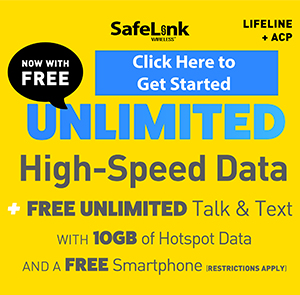Government Programs in New York
New York SNAP (Supplemental Nutrition Assistance Program)
The Supplemental Nutrition Assistance Program (SNAP) issues electronic benefits that can be used like cash to purchase food. SNAP helps low-income working people, senior citizens, the disabled and others feed their families.
Eligibility and benefit levels are based on household size, income and other factors. The Supplemental Nutrition Assistance Program (SNAP), formerly known as the Food Stamp Program, is a vital government assistance program aimed at combating food insecurity and improving access to nutritious food for low-income individuals and families.
SNAP provides eligible participants with an electronic benefit transfer (EBT) card, which can be used to purchase eligible food items at authorized retailers, including grocery stores, supermarkets, and farmers' markets.
Section 8 Low Income Housing in New York
Other Government Programs in New York also include Section 8 housing. Created by the Housing and Community Development Act of 1978, the Housing Choice Voucher program, also known as Section 8, provides assistance to eligible low- and moderate-income families to rent housing in the private market.
Eligibility for this program is based on a family's gross annual income and family size.
Section 8, also known as the Housing Choice Voucher Program, is a federal assistance program designed to provide safe and affordable housing options for low-income individuals and families. The program is administered by the U.S. Department of Housing and Urban Development (HUD) in partnership with local public housing agencies (PHAs).
Click Here to Learn More about Section 8 Housing in New York
New York Medicaid
New York's Medicaid program provides comprehensive health coverage to more than 7.3 million lower-income New Yorkers (as of December, 2021.) Medicaid pays for a wide-range of services, depending on your age, financial circumstances, family situation, or living arrangements.
These services are provided through a large network of health care providers that you can access directly using your Medicaid card or through your managed care plan if you are enrolled in managed care. Some services may have small co-payments, which can be waived if you cannot afford them.
Click Here to Learn More about the New York Medicaid Program
Lifeline Cellular Phone Service
Since 1985, the Lifeline program has provided a discount on phone service for qualifying low-income consumers to ensure that all Americans have the opportunities and security that phone service brings, including being able to connect to jobs, family and emergency services.
Lifeline is part of the Universal Service Fund. The Lifeline program is available to eligible low-income consumers in every state, territory, commonwealth, and on Tribal lands.
Click Here to Learn More About the Lifeline program for New York Residents



